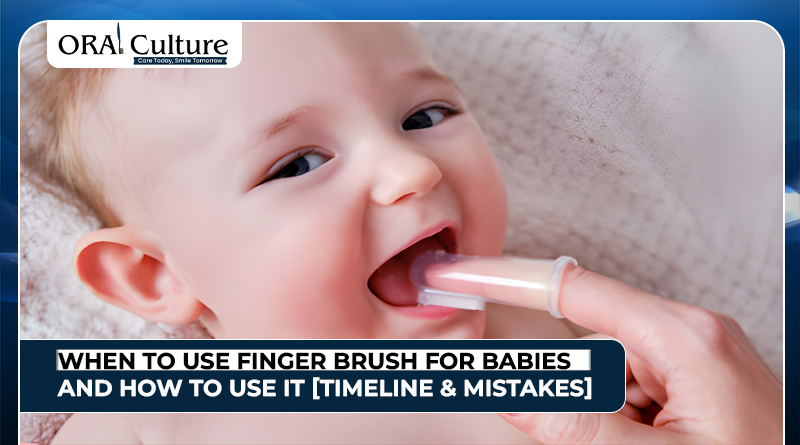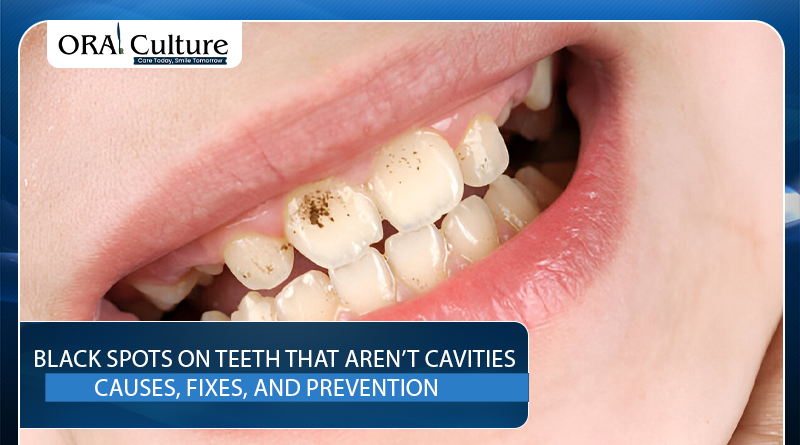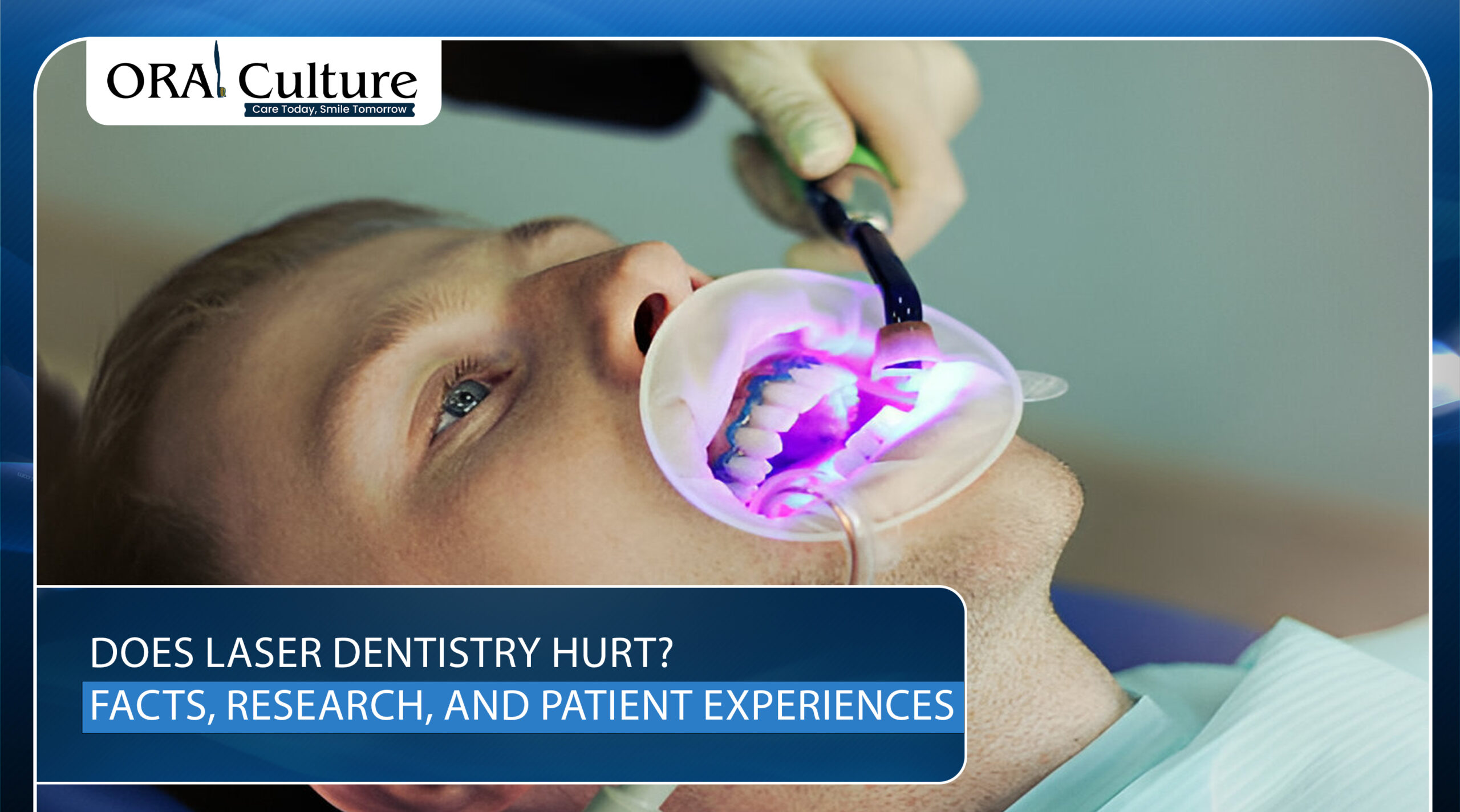You can close small gaps between your teeth without braces through a mix of natural care, cosmetic dental procedures, and better oral habits.
Gaps between teeth (dentists call them diastema) are common. Some people have them since childhood, while others develop them later due to gum issues, tooth loss, or habits like thumb sucking. In many cases, the gap is harmless. But if it affects your smile or makes you self-conscious, you might want to close it.
Braces are not the sole choice. Orthodontics is successful, but it is also time-demanding and expensive. Depending on the cause of your gap and your dental health, there are other solutions, some natural, some done by a dentist, and some that combine both.
Why do Gaps Appear in the First Place?
Understanding the cause helps you choose the right fix.
- Natural tooth size and jaw shape: If your teeth are small compared to your jaw, spaces can appear.
- Frenulum attachment: The tissue between your upper front teeth may be thicker or lower than usual.
- Gum problems: Periodontal disease can cause teeth to shift.
- Habits: Thumb sucking or pushing your tongue against your teeth can slowly create gaps.
- Tooth loss: Losing a tooth without replacing it makes nearby teeth move apart.
4 Natural and At-Home Options
Let’s be honest…. if your gap is big or caused by bone loss, natural methods alone might not close it. But for small spaces or early-stage shifting, these steps can help prevent the gap from getting bigger and sometimes make it less visible.
1. Dental Exercises
Just like you can train muscles, you can train your tongue and jaw.
- Instead of pushing against the teeth, try resting your tongue on the roof of your mouth.
- Close your teeth gently and hold for a few seconds several times a day.
Some people call this “myofunctional therapy.” Research shows it can help with bite alignment and gap prevention, especially in kids and teens.
2. Maintain Healthy Gums
Gum disease is a silent cause of shifting teeth. Brushing twice a day, flossing, and rinsing with an antimicrobial mouthwash will help keep gums firm and teeth stable.
3. Oil Pulling
Swishing oil (such as coconut oil) in your mouth for 10-15 minutes is an ancient Ayurvedic technique for reducing dangerous germs and improving gum health. Healthier gums mean less shifting.
4. Diet Rich in Minerals
Teeth need calcium, phosphorus, and vitamin D to stay strong. Weak teeth are more prone to movement. Dairy, leafy vegetables, nuts, and fish are all great sources.
4 Non-Braces Dental Treatments
If your gap bothers you and you want a faster fix, dentists offer options that don’t involve metal wires.
1. Dental Bonding
A tooth-colored resin is put to the sides of your teeth to close the gap. It is painless, quick, and lasts several years.
If you have a 1-2 mm gap, bonding can close it in a single visit.
2. Veneers
Thin porcelain or composite shells are placed in front of your teeth. They adjust the size and shape of your teeth to eliminate gaps.
3. Clear Aligners
These are not traditional braces, they are transparent trays that gently move teeth over months. They’re removable and almost invisible.
4. Frenectomy
If your gap is caused by a thick gum tissue (frenulum), a dentist can remove or reshape it. This often helps close the gap permanently, especially in kids.
Combination Approach
Some people use a mix of natural care and cosmetic treatments. For example:
- First, fix gum health and stop tongue thrusting.
- Then, use bonding or veneers for an instant cosmetic result.
This way, you address both appearance and long-term stability.
Sarah, 27, had a small gap due to tongue thrusting. She learned myofunctional exercises and switched to a high-mineral diet. After 9 months, her gap reduced by almost half without braces. She later chose bonding to perfect her smile.
It shows that combining natural care with professional treatment can give both quick and lasting results.
Important Safety Note!!
Never try to close gaps by yourself using rubber bands or “DIY braces” you see online. These can cause gum injury, tooth loss, and even bone damage. The American Association of Orthodontists has reported cases where people lost healthy teeth due to unsafe home fixes.
How Long Does It Take to See Results?
- Natural care. Around 6–12 months, if it works for your case. Results vary depending on the size of the gap and your oral health.
- Bonding or veneers. Instant results, usually within 1–2 hours at the dentist.
- Clear aligners. On average, 4–12 months to fully close the gap.
- Frenectomy. The tissue is corrected immediately, but the teeth may take several weeks to move naturally into place.
Final Note!
You can close a teeth gap without braces, but the best method depends on how wide the gap is and how healthy your teeth and gums are. Begin with natural care to keep your mouth strong, and consider safe cosmetic options if you want quicker results.
Your smile is one of a kind, so choose a solution that protects its health as much as its appearance. For more natural dental care advice and reliable products, visit Oral Culture.
Frequently Asked Questions
1. Can I close a gap without braces?
Yes. Small gaps can often be closed naturally or with cosmetic treatments such as bonding, veneers, or clear aligners. Larger gaps may still require orthodontic treatment.
2. Is dental bonding a safe option?
Yes. Dental bonding is non-invasive and reversible, but it may need to be replaced every 5–10 years as it wears down over time.
3. Do natural methods work for everyone?
Not always. If the gap is large or caused by missing teeth, natural methods alone may not fully close it, and professional treatment might be necessary.
4. Can a gap come back after it’s been closed?
Yes. If the underlying cause, such as gum disease or tongue thrusting is not addressed, the gap can reopen over time.





![How to Close Gap in Teeth Without Braces [ +8 Ways To Follow ] How to close gap in teeth without braces – 8 natural and cosmetic methods for a confident smile](https://oralculture.com/wp-content/uploads/2025/08/How-to-Close-Gap-in-Teeth-Without-Braces-8-Ways-To-Follow-.jpg)
